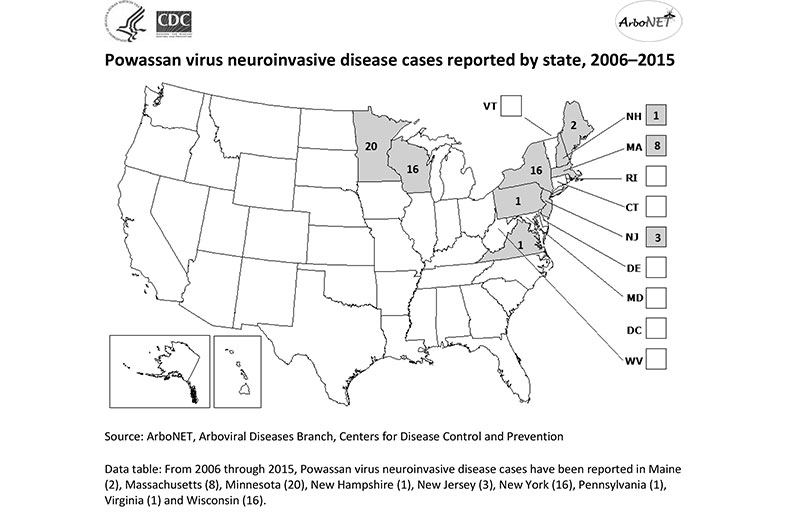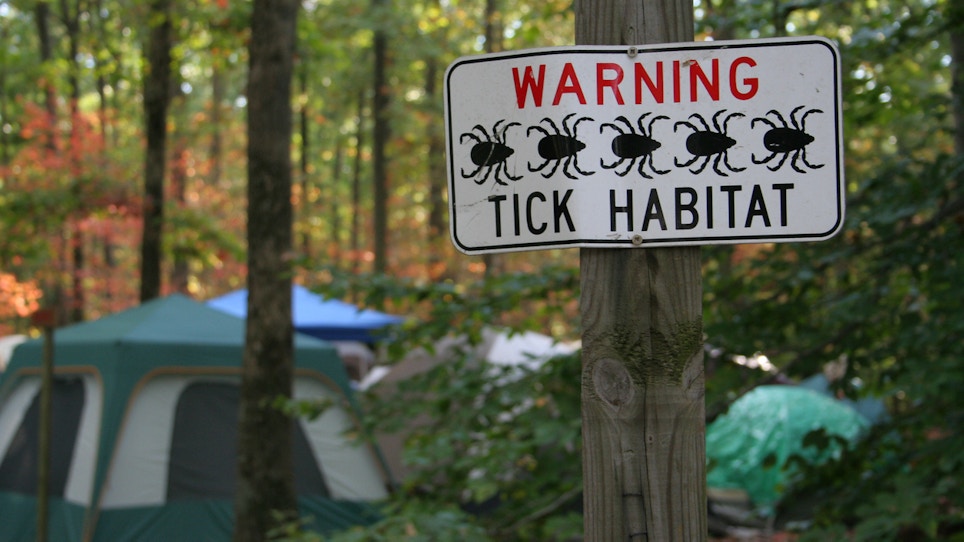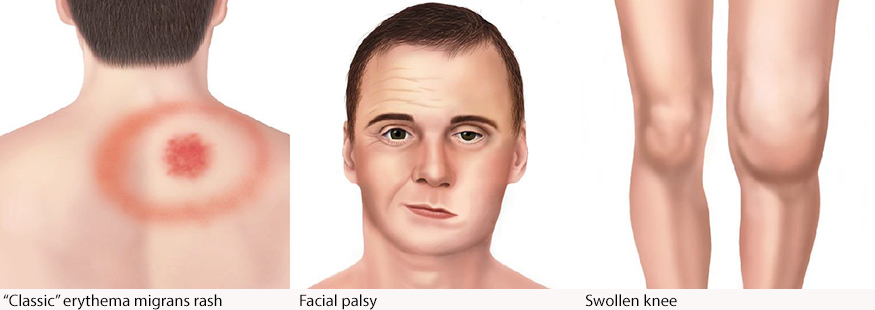Given the amount of time hunters spend in the wilderness, this group is particularly susceptible to tick encounters and many — including avid hunter and television host Steven Rinella — have fallen ill from such twists of fate. Now, according to a report on NPR's "All Things Considered," there's an abundance of new tick-borne diseases on the rise in the United States.
"The country is a hot spot for tick-borne diseases. In the past 50 years, scientists have detected at least a dozen new diseases transmitted by ticks," the article reported.
Ticks are infamous for carrying Lyme disease, which is caused by the bacterium Borrelia burgdorferi and is transmitted to humans via the bite of an infected black-legged tick. Typical symptoms of Lyme disease include fever, headache, fatigue and a skin rash called erythema migrans, known for its large red circles. If left untreated, the infection can spread to the joints, heart and nervous system.
Related: Lyme Disease: The Hunter's Disease
But these nasty buggers carry a lot more than Lyme disease alone. In the Midwest, the Heartland virus (which is a new Lyme-like disease) and Bourbon virus (which is thought to be spread by ticks, but hasn't been proven yet) are prominent. In the Southeast, there's STARI, or Southern tick-associated rash illness. In the Western U.S., there's a new type of spotted fever, according to NPR. For a complete list of tick-borne diseases in the U.S., click here.
The Powassan Virus
One of those new diseases is Powassan, a rare but potentially deadly virus transmitted by the bite of an infected black-legged tick, also known as the deer tick. It was named after a town in Ontario, Canada, where the virus was discovered in 1958. It has since crossed our nation's northern border. Although only about 50 cases of Powassan infection have been reported in the last 10 years in the U.S., most of those cases have occurred in the Northeast and the Upper Midwest. (There are approximately seven cases of Powassan reported each year in those regions, according to NPR.)
There are two types of Powassan virus in the U.S. One is found in ticks that typically feed on groundhogs. The second type is carried by deer ticks, the same ticks that can also carry the germs that cause Lyme disease, babesiosis and anaplasmosis. Powassan attacks its victims head on — literally, in the brain, causing it to swell. It's deadly in about 10 percent of the cases that are recorded, and if you are able to recover, there's a 50 percent chance that you'll have permanent neurological damage. According to a release by the Massachusetts Department of Public Health (MDPH), symptoms usually start becoming noticeable one week to one month after the bite of an infected tick.

Credit: The Centers for Disease Control and Prevention (CDC)/ArboNET, Arboviral Diseases Branch, Centers for Disease Control and Prevention
Symptoms Of Powassan
According to the MDPH, most people who are exposed to the Powassan virus will likely not feel badly, but the 10 percent of people who do will feel so severely. Those unlucky few could develop meningitis (which is the swelling of the brain's membrane and spinal cord) or encephalitis (inflammation of the brain). Symptoms include fever, headache, vomiting, fatigue, confusion, loss of coordination, difficulty with speech and seizures.
NPR highlighted one severe case of Powassan's in particular. Tucker Lane of Cape Cod, Massachusetts, was bitten by a tick one June. That following September, he had an excruciating headache, tremors, a high fever, double vision and bouts of projectile vomiting. At first, doctors believed he was undergoing withdrawals from opiate abuse, so they wouldn't treat him. But then he had his brain scanned, and there were signs of swelling. Lane was quickly losing consciousness. Forty-eight hours later, he was comatose.
Lane's story has a happy ending, unlike most in that 10 percent category who face the worst of the Powassan virus. You can listen to the complete story from NPR below.
Related: Why You Should Always Wear Gloves When Field Dressing Game
Tick Prevention
Here are steps to reduce your chances of being bitten by a tick while hunting, spending time in the woods or, even, in your own backyard:
- Clothing. Wear long pants and tuck them into your socks or boots. Also wear a long-sleeved shirt.
- Use a repellent with DEET or permethrin. DEET should not be used on children less than 2 months of age and should be used in concentrations no higher than 30 percent on older children. Permethrin is intended for use on clothing, shoes, bed nets and camping gear. It should not be applied to skin.
- Stay on trails when walking or hiking, avoiding the edge habitat where ticks are likely to be. As hunters, this will be difficult depending on where you're hunting, but just be vigilant about where you're walking.
- After spending time in an area likely to have ticks, check yourself, your children, hunting partners, pets, etc. for ticks. Here's the best way to remove those bloodsuckers should you find any. The key is to remove any you find before entering the home or hunt camp.
- Examine gear and pets.
- Bathe or shower as soon as possible after coming indoors to remove any unattached ticks and better locate ones that may have latched on.
- Take preventative measures to keep your dogs tick free, especially if they spend time in the home, with medications. Here's more information on preventing ticks on your pets.
- Tumble dry the clothes worn outdoors in a dryer on high heat for 10 minutes to kill ticks on dry clothing.
Featured photo: iStock







